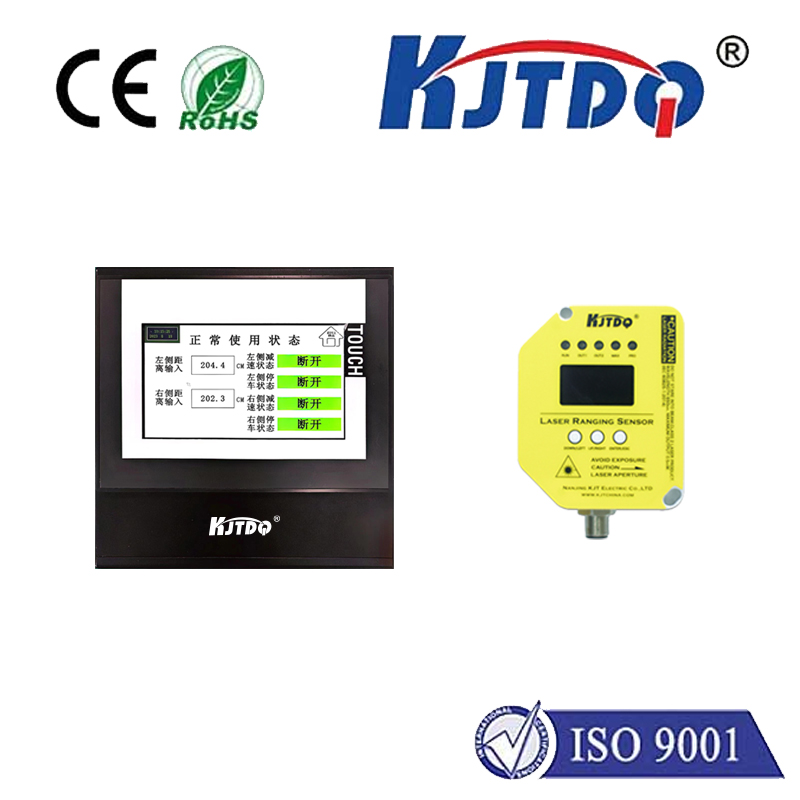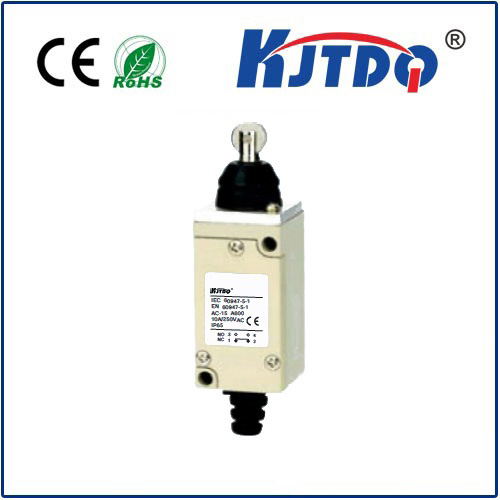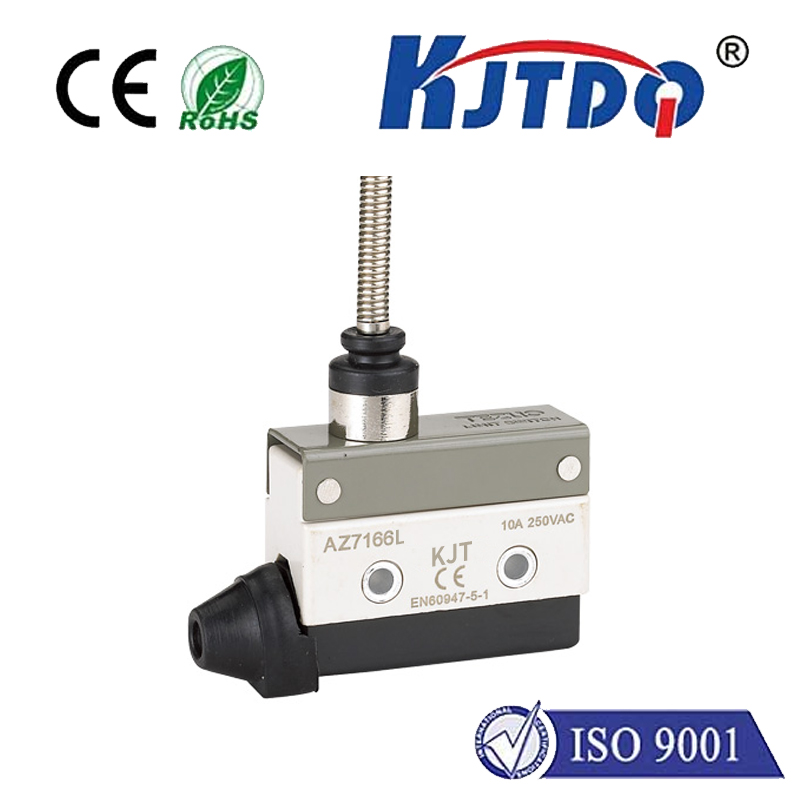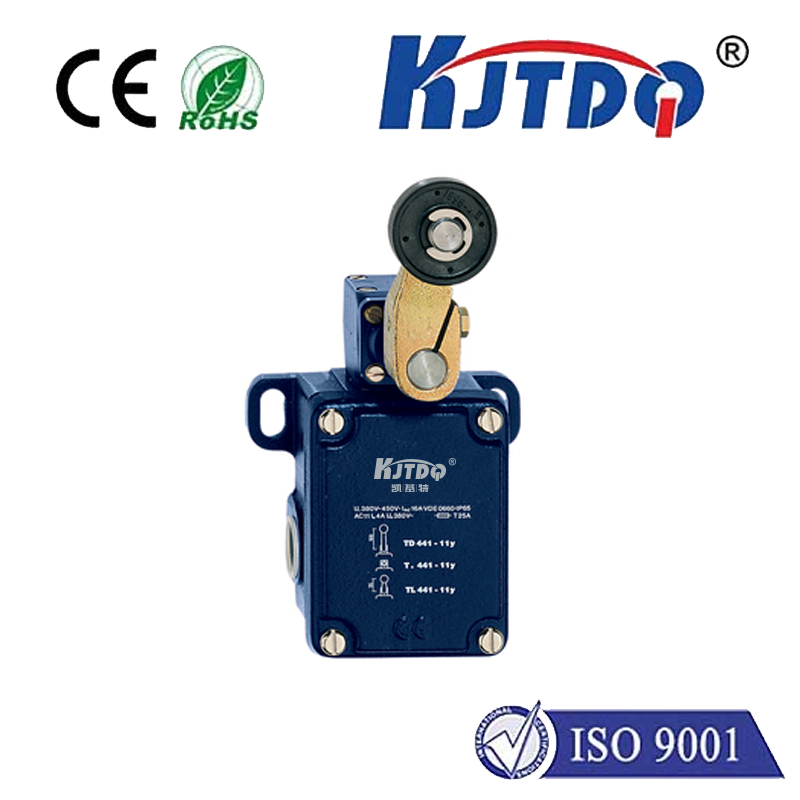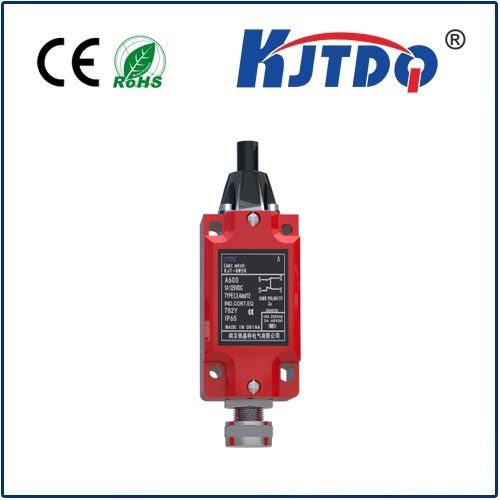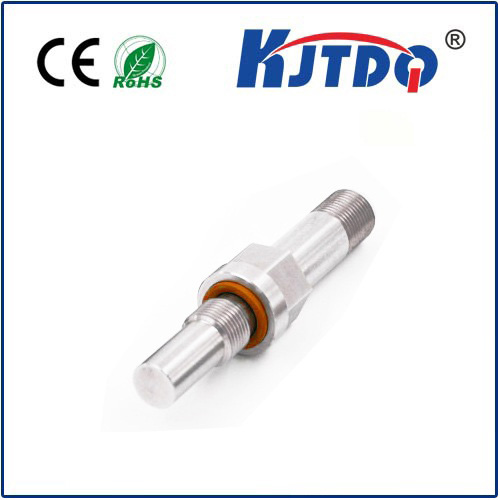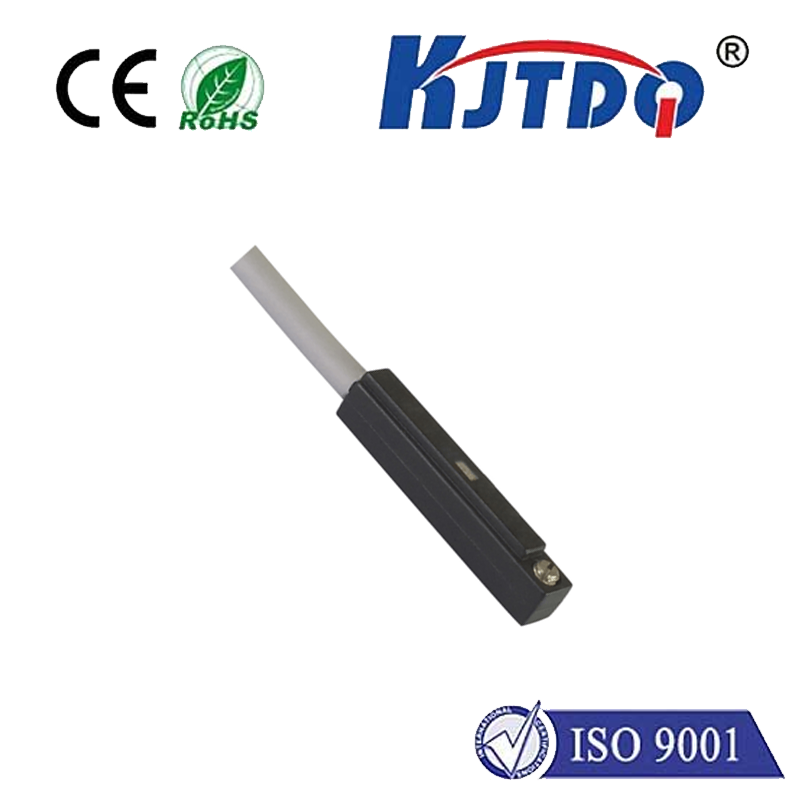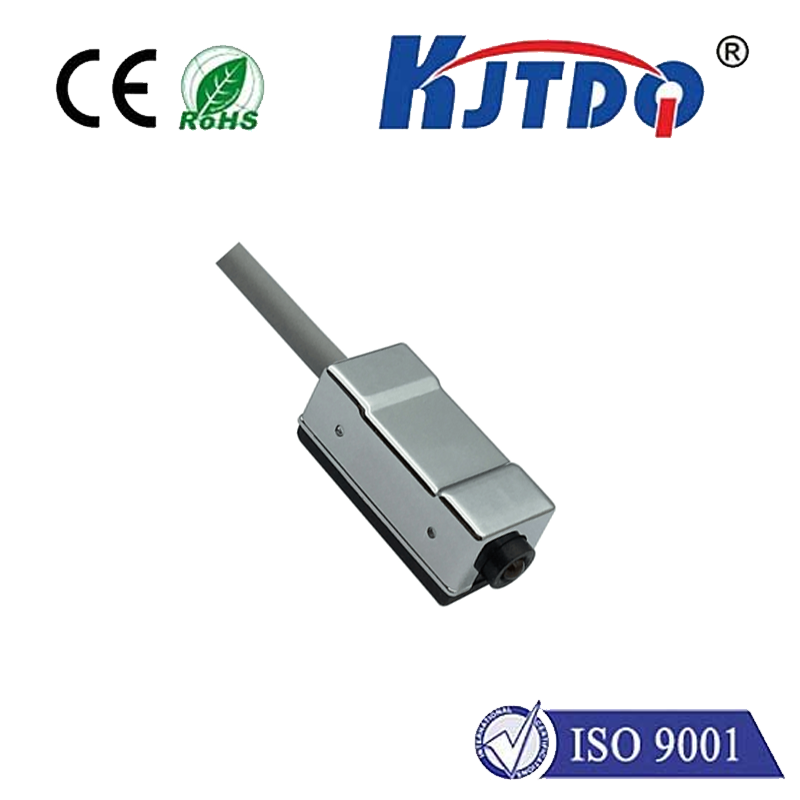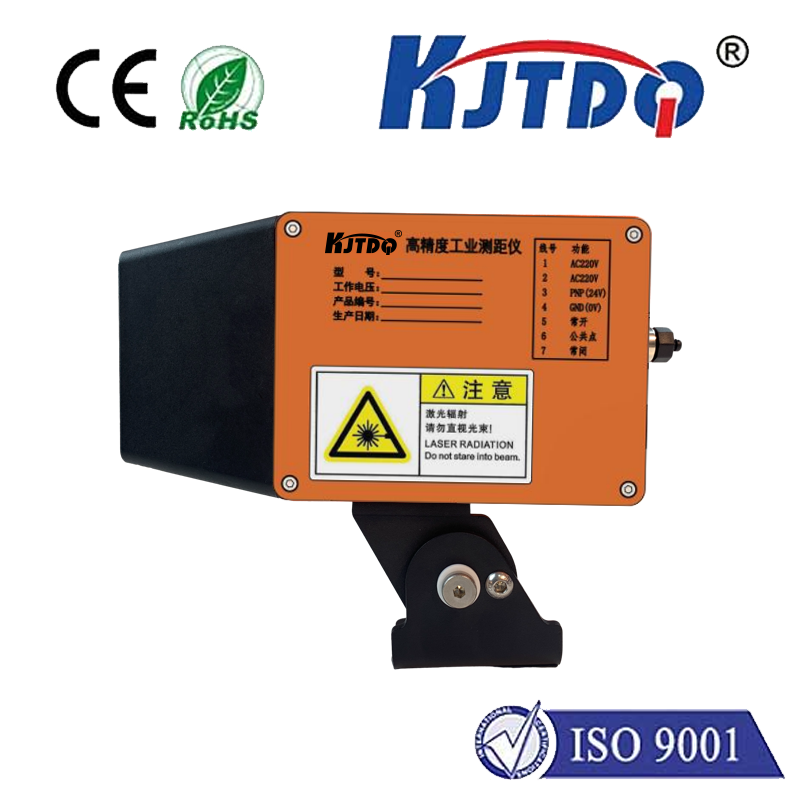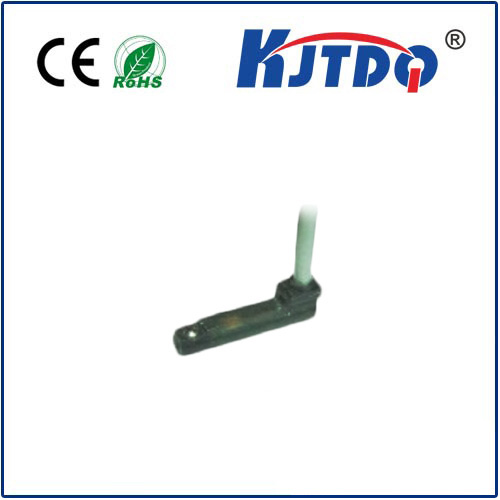

check

check

check

check

check

check

check

check

check

check
Title: Understanding the Role of Hydraulic Limit Switch in Industrial Systems
The hydraulic limit switch is an essential component in many industrial systems, serving as a crucial safety mechanism to prevent damage to equipment and personnel. This article will provide an in-depth understanding of the role and functions of hydraulic limit switches, their types, and applications in various industries.
Introduction to Hydraulic Limit Switches
A hydraulic limit switch is a mechanical device that is designed to detect the position of a cylinder or valve in response to pressure changes. It works by converting the force applied to the valve into an electrical signal that can be read by a control system. The signal indicates whether the valve has reached its upper or lower limit, allowing for precise control and safe operation.
Types of Hydraulic Limit Switches
There are two main types of hydraulic limit switches:
1. Trigger-style Limit Switches: These limits switches use a lever arm that is pushed or pulled against a spring-loaded trigger to activate an electromechanical or electronic signal. The lever arm can be either pneumatic or hydraulic, depending on the specific application.
2. Cam-style Limit Switches: These limits switches use a cam mechanism that rotates when the valve is opened or closed. The rotation of the cam mechanism creates an electrical signal that can be read by a control system. Cam-style limit switches are commonly used in high-speed applications where precision and reliability are critical.
Applications of Hydraulic Limit Switches
Hydraulic limit switches are widely used in various industrial sectors, including manufacturing, mining, and heavy machinery. Some common applications include:
1. Material Handling Equipment: Hydraulic limit switches are used to prevent overfilling or underfilling of material handling equipment such as conveyor belts and buckets. They also help ensure safe operation during loading and unloading operations.
2. Construction Equipment: In construction equipment like excavators and loaders, hydraulic limit switches are used to prevent accidents caused by excessive movement or overloading of the machine. They also help ensure proper alignment and positioning of the equipment during operation.
3. Power Generation: Hydraulic limit switches are used in power generation plants to monitor the status of hydraulic systems and prevent accidents caused by system failures or malfunctions. They also help maintain optimal performance and efficiency of the system.
Conclusion
In conclusion, hydraulic limit switches play a critical role in ensuring safe and efficient operation of industrial systems. Their ability to detect and respond to pressure changes makes them indispensable components in various industries. By understanding their types and applications, operators can make informed decisions about their use and maintenance to ensure maximum safety and performance.
